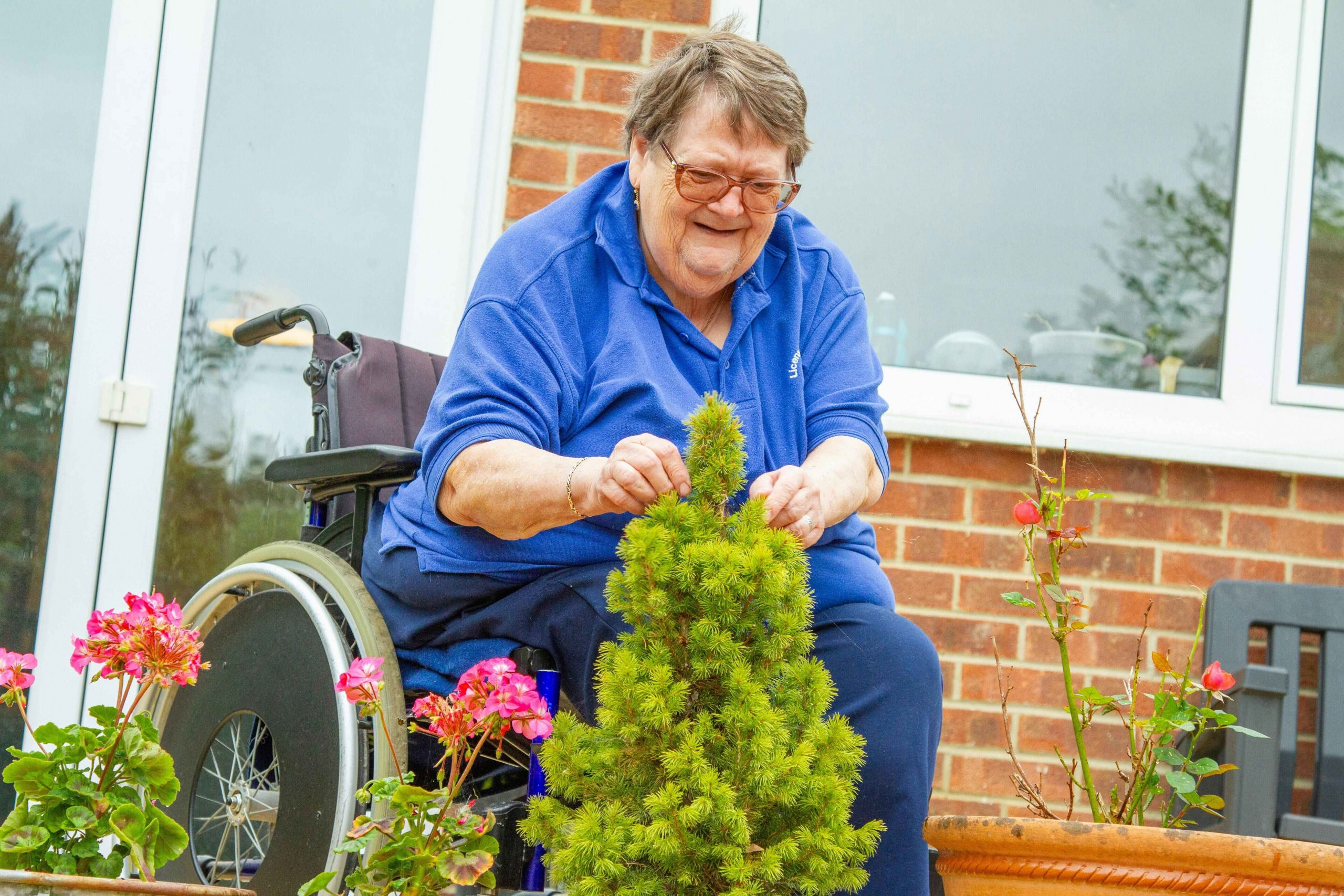When it comes to hobbies, gardening is a popular activity that anyone can enjoy. It is not limited to able people, but disabled people can easily enjoy the garden. Using specific methods, individuals with limited mobility can grow and care for plants. To ensure everyone can enjoy your garden, make it accessible. You will need to make some adaptations, which can enhance safety and comfort for individuals with disabilities.
Here are some top tips to consider when creating an accessible garden.
Create suitable paths
A reasonable pathway is needed when using a wheelchair. Pathways provide essential access between your house and the garden, making it easy for disabled people. They need to be wide enough and have an appropriate surface, without hazards that could be harmful.
Add ramps to your garden
In addition to creating clear pathways, consider installing a sturdy handrail alongside ramps. This will help you to pull yourself along more easily. If you have a handrail in your garden, it should begin at least one meter before the ramp starts. These handrails can be made of metal, wood, or a combination of both materials.
Raised beds
Raised beds are an excellent solution for individuals who use wheelchairs or have difficulty kneeling while gardening. These beds can be built at any desired height and should be situated in easily accessible locations. When designing raised beds for wheelchair users, ensure that the height allows them to comfortably access the plants while seated. If the gardener is mobile but unable to kneel or lean over easily while standing, construct bench seating around the planting bed. Building it like this creates accessibility for everyone.
Garden tables
An outdoor table can be helpful for those who enjoy sowing seeds outside. Adding a table to your garden makes this activity easier for everyone. A recessed design in the table allows for convenient access, benefiting both able-bodied and disabled gardeners. Wheelchair-bound individuals can comfortably position their chairs underneath the table to work on their gardening tasks. To prevent arm strain, the table’s surface should not be higher than the gardener’s ribcage, ensuring easy reach for all users.

Image Credit: Pexels
It’s important to remember that gardens and disabilities and conditions may change over time, so always be mindful that you might need to change the layout at a later stage.
ALSO SEE: GARDENING ON HOT DAYS: WHAT TO AVOID FOR YOUR PLANTS’ HEALTH
Gardening on hot days: What to avoid for your plants’ health
Feature Image: Pexels

